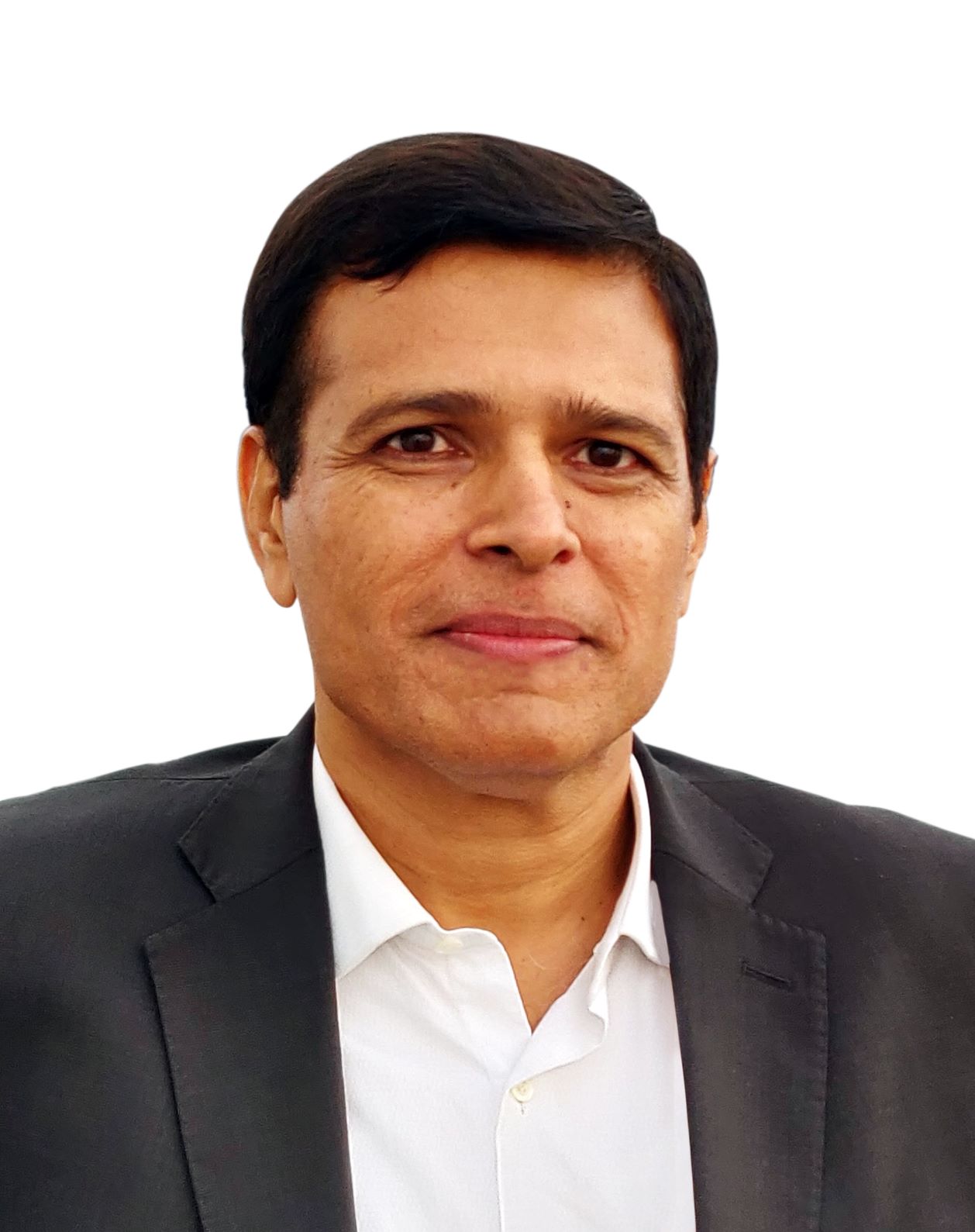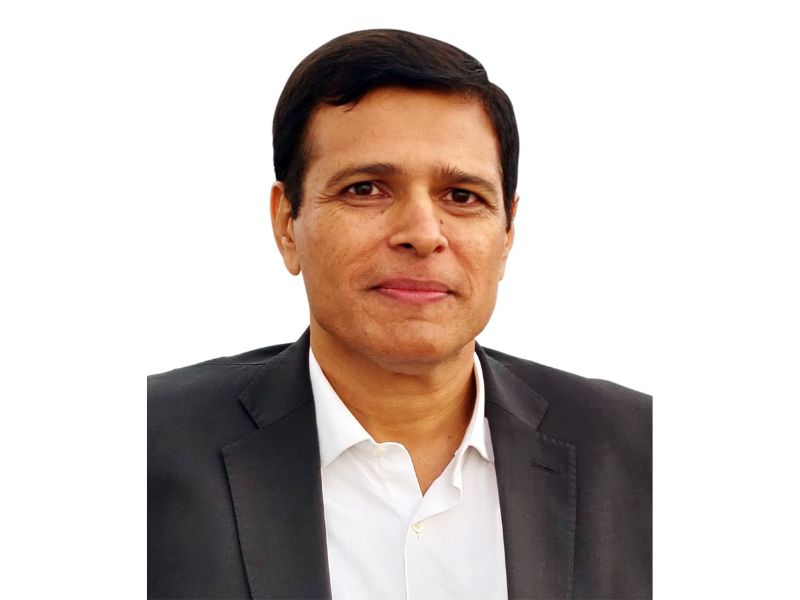

Globalisation has significantly opened up doors, allowing the youth to pursue their choice of careers anywhere. With 65 percent of Indians being under 35, the young population of India is undoubtedly the most valuable resource for the country. As global opportunities expand, the youth is increasingly seeking international experiences to broaden their horizons.
According to the Ministry of External Affairs, the number of students studying abroad in 2024 are over 13 lakhs. These students bring diverse perspectives and experiences back home, enriching academic environments and promoting cross-cultural understanding.
Meaningful education has become more than just building subject knowledge and conceptual understanding. To succeed in life, learners must also develop a broad range of skills, values, attitudes and behaviours. Today, international education is not just looked at as a pathway to studying abroad. In fact, according to the Destination Survey 2023 by Cambridge, the top three destinations for Indian students for undergraduate studies are India, US and the UK. So irrespective of where young learners intend to graduate from, international education prepares them for a global workforce.
Preparing learners for the future
International education takes a well-rounded approach to learning, empowering learners for global citizenship through critical thinking, cultural knowledge, and social responsibility. The curriculum, even as it is adapted to meet regional nuances, carries the best international practises. International schools should also tailor curriculum to meet the culture and ethos of learners, so that the global standard of education can be taught with local context. By adopting innovative learning methods and approaches, learners develop a strong adaptability quotient, enabling them to quickly acquire new skills and knowledge, and thrive in an ever-evolving job market.
This approach produces culturally curious, intellectually competent and emotionally intelligent lifelong learners who are ready to prosper in a closely linked society. Building next-generation capabilities requires a strong foundation, and that foundation is laid through well-rounded education, one that besides mastering subjects involves shaping thinkers, problem solvers, and global citizens.
According to a Future of Jobs Report by the World Economic Forum, as workers adapt to automation and AI, businesses are looking for people with the core abilities needed to prosper in this new era of work. Seven self-efficacy skills — resilience, flexibility, agility, motivation, self-awareness, curiosity, and lifelong learning — are in high demand, emphasising the importance of workers’ ability to adapt to changing surroundings.
So how does an international education prepare you to be a global citizen? For one, an international curriculum integrates case studies, references, subjects, and themes from all over the world exposing learners to global challenges, histories, and cultures that supports a sense of shared responsibility for the world. It also promotes developing English as an important skill where the language also allows learners to think creatively.
According to LinkedIn’s recent global inventory of the most in-demand professional talents, people skills will become increasingly important in individual career development. Within people skills, communication abilities have emerged as the most important criterion among employers today. With in-person collaboration becoming less common in today’s hybrid work environment, leaders have an important role in building connection, motivation, and inspiration through clear and effective communication across multiple many platforms.
Training teachers to shape global citizens
Enhancing educators’ capacity to deliver education in newer formats is essential, and investing in extensive teacher training is necessary for schools. In line with NEP 2020, we have prioritised teacher professional development globally and in India, offering internationally recognised Professional Development Qualifications (PDQs), wherein educators learn how to incorporate curriculum-specific pedagogy, global competencies, and intercultural understanding in their classrooms.
Additionally, adaptability isn’t just for students; it’s essential for educators in today’s rapidly evolving educational landscape. Just as students need to adapt to new learning environments and technologies, educators must also embrace change and continually update their skills. Whether it’s integrating new training equipment, exploring advancements in edtech, or adopting innovative teaching methodologies, the possibilities for enhancing the learning experience are constantly expanding. An international board may offer the framework, syllabus, and resources, but the true potential can only be realised through the continuous upskilling of teachers. Supporting teachers with resources and even online teaching services designed to fill teacher gaps where schools might not have capability in certain subjects are the other ways in which international education supports them.
An accessible, flexible curriculum
One of the strengths of international education lies in its accessibility and flexibility. It has to offer a range of subjects and even offer the flexibility to mix and match. It also means that international curriculum should meet both national and international standards. The popularity is evident as this this year saw over 76,000 entries from India for the IGCSE and International AS & A Level March exam series by Cambridge, an increase of 17% on last year. This growth reflects a rising interest in international qualifications, which offer a flexible approach to learning while still adhering to rigorous academic standards. Parents are recognising that an international education. The UNESCO data shows that growth is coming particularly from areas such as South Asia.
The international education system is designed to accommodate diverse learning styles. For instance, while bilingual teaching methods may vary in institutions, the flexibility of an international curriculum would mean that it allows the learners to attain qualification through the medium of English while also following their own national curriculum. Not every institution will want to use learning materials in the same way. So, the content has to be designed as flexible as possible, giving educators and learners the freedom to approach learning in the way that suits them best.
As we make our learners future-ready, it is important that we make quality international education accessible to all Indian youth. The future belongs to this young generation who have the skill sets and knowledge that will allow them to fit seamlessly in a globalised society.
Also read: Looking for an Early Years programme? Why you should choose Cambridge Early Years
